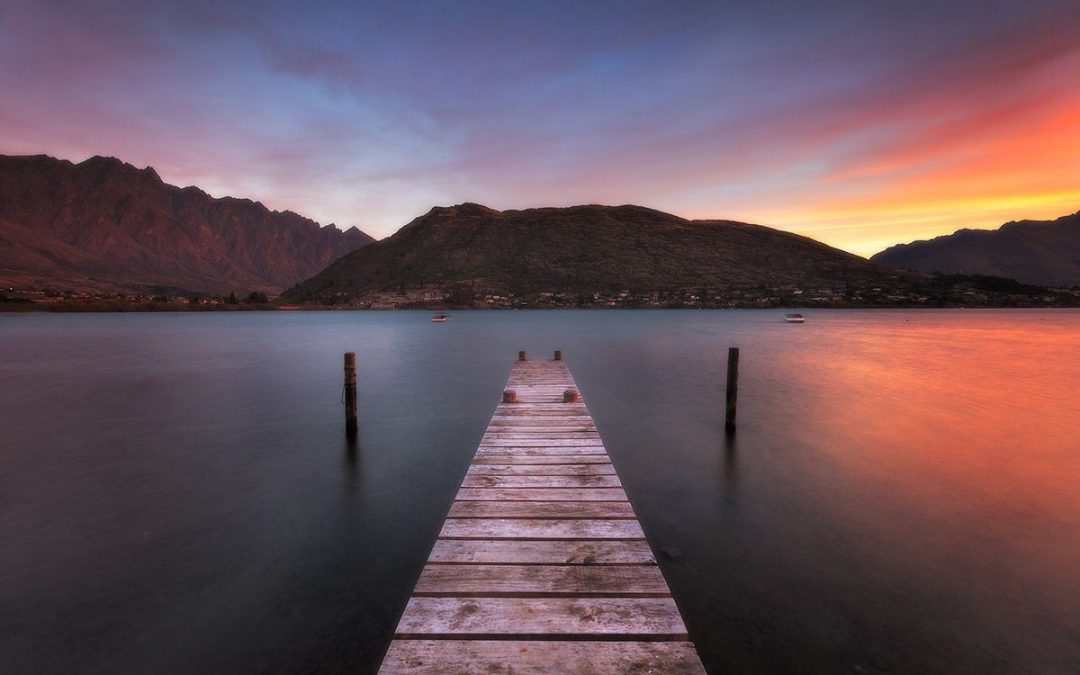Here's a Jetty shot I mentioned the other day, taken on the third attempt in 2 days at this location in New Zealand.
The first two tries were complete no-go’s thanks to weather so bad it was ugly!
Third time lucky though.
I thought it would be fun to write a quick checklist today, so here’s a list of 7 things I am trying to look out for when shooting a jetty like this at sunrise or sunset:
1: Get the horizon straight. Best done in-camera just like any other shot, but especially important when the lines are the main focus of the shot.
2: Make sure you’re in the middle of the jetty and pointing forwards. I find it best to literally measure the distance between my tripod legs and the edges of the jetty to make sure I’m in the middle. Even then it’s really difficult to get right! But measuring gives me the best chance of being in the middle. Then if the boards on the jetty are actually straight, try and line the bottom one up with the bottom edge of your frame.
3: Take enough bracketed exposures. Just like any high contrast sunrise or sunset scene, but always worth keeping a mental note of. This image consists of two blended exposures.
4: Check your height. The higher the tripod, the longer the jetty needs to be to create that vanishing point effect (if that’s what you’re going for). I didn’t choose that for this shot, but if I wanted the jetty to vanish into the distance, I’d have moved the camera lower down.
5: Take a shorter exposure where the boats are sharp (if they're moving on the water during your long exposures). Then you can blend the sharp versions of the boats into the smooth water layers later in Photoshop.
6: Make the jetty pop. In other words, give it enough contrast against the water in post processing so itstand out and leads the eye into the frame, but not so much that it looks like you’ve shined a torch on it. The jetty didn’t really stand out from the water in the RAW files for this shot, so it required a bit of work in PS.
7: Clean the bird poo if there is any! This jetty was pretty clean for some weird reason (there were plenty of birds around). Maybe it was recently cleaned… But if not, I usually like to clean the poo in Photoshop because it means I don’t have to take a bucket and mop on the shoot!
A couple of these tips must be done in-camera…
But to learn the processing workflow and techniques you'll need to make sure you nail the rest, click here now.
Talk soon
Steve


